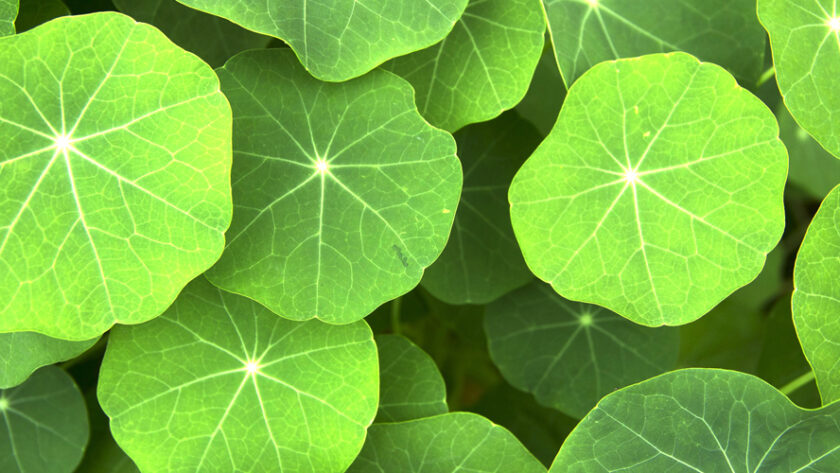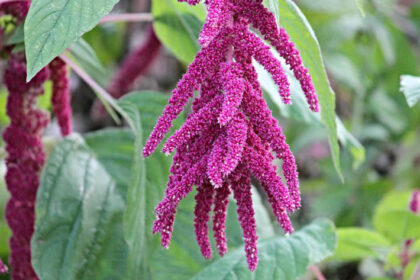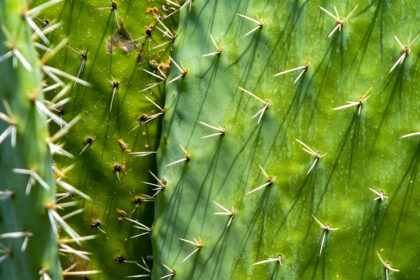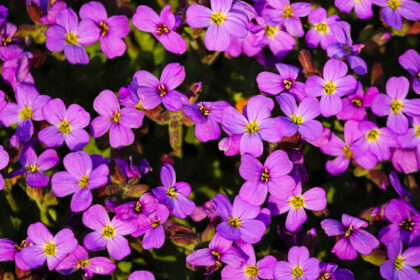If you are interested in round-leaved plant species, do not hesitate to read this article, and I am sure you will discover species you have never heard of.
- Pilea Peperomioides

Pilea Peperomioides, or The Chinese money plant, UFO plant, is a flowering plant in the nettle family Urticaceae, native to Yunnan and Sichuan provinces in southern China.
How can it become a popular plant nowadays, simply through social networks? Pilea Peperomioides became so famous that it managed to attract the eyes of plant lovers.
Thus we find this plant with round leaves, resembling a coin shape more and more often in the homes of green plant lovers.
It is native to southern China, where it grows outdoors at the foot of the Himalayan Mountains but grows very well in other states but indoors, being an easy plant to care for Pilea Peperomioides.
What attracts us to this plant is undoubtedly the round and shiny leaves that it has and that perfectly complement our corner with plants. This plant is often grown indoors, and it will not reach the flowering stage.
Pilea Peperomioides Care
The plant loves light, but not directly, and to have a uniform shape, and it is necessary to rotate the plant so that light can reach everywhere as needed. Why does it not tolerate direct sunlight? Because its leaves will burn and partially destroy the plant.
Should The Chinese money plant be planted in soil as rich as possible, such as peat, and ensure efficient drainage, it is good to add perlite.
Regarding the watering of this plant, it is done regularly, as many indoor plants do not prefer to have moist soil. If you notice that the excess water has not evaporated, it must are removing to avoid rotting the plant. In the cold months, it gets less wet.
We must avoid high temperatures to place the plant in the sun or near heat sources regarding the temperature. In winter, we must offer temperatures of at least 10 degrees. Fertilization should be carried out in the spring and summer months.
Propagating this plant is very easy. If we take care of the mother plant, it will produce many chicks at its base, and thus we will create a Pilea Peperomioides family.
2. Garden Nasturtium

Tropaeolum majus, the garden nasturtium, nasturtium, Indian cress, or monks cress, is a flowering plant in the family Tropaeolaceae, originating in the Andes from Bolivia north to Colombia. An easily-grown annual or short-lived perennial with disc-shaped leaves and brilliant orange or red flowers, it is of cultivated, probably hybrid origin.
Nasturtium is a species of flower with round leaves that animates our garden through its colors. Why should we cultivate this plant?
Because both leaves, flowers, and pods are edible, we can also call them garden saviors because they manage to attract pests, thus protecting other plants more sensitive to aphid attacks.
Net flowers can be grown both planted directly in the garden and pots. They can be climbing, bushy, or cascading.
Nasturtiums Care
Nat is a plant that grows in the warm season, so it loves heat and light in abundance.
The soil must be fertile rich in fertilizer to grow as much as possible.
Watering the plant should be done regularly. Even if it is a drought-resistant plant, sometimes the lack of water can damage the aroma that the plant can give us in the food we make.
For the plant to grow harmoniously, it is necessary to apply cuttings that will give rise to new leaves and implicitly to fresh flowers.
What attracts us to these flowers are not only the pastel colors it has but also their leaves. Most varieties have round green leaves with white veins in a star shape.
3.Silver Dollar Plant (Lunaria annua)

Lunaria annua, called honesty or annual honesty in English, is a species of flowering plant in the cabbage and mustard family Brassicaceae. It is native to the Balkans and southwest Asia and cultivated throughout the temperate world.
What makes this plant famous is the round silver pods of seeds that remain after flowering, hence the name.
This plant is a biennial and should be planted in the spring, and only next year will the plant produce flowers and seeds.
The round leaves that go through an amazing transformation make this plant special. At first, it may seem like a weed, but we will not regret planting it if we have patience with it. The small, purple lavender flowers will perfume our garden—next year. After the flowers have passed, we are left with the seed pod, which turns from green to dirty white. We can integrate these petals, even dried ones, in floral arrangements or other DIY projects, offering a touch of originality.
Lunaria Annua Care
In terms of light, the silver dollar plant is not pretentious; it can grow in both sun and shade. It likes to be watered regularly, not abundantly. As for the soil can grow in almost any soil type, is well-drained, and does not require much fertilizer to develop.
The multiplication of this plant is done by the seeds that it forms in pods, which can fall to the ground by the waves alone, or we can harvest them and the plant at the right time.
Lunaria plants can also suffer from diseases, the most well-known being Septoria, an illness that creates gray and black marks on its leaves. Let’s not forget that aphids can also attack it; in this case, we can use insecticidal soap to save it.
4. Sedum sieboldii (October Daphne Stonecrop)

Sedum sieboldii is native to Japan and belongs to the succulent family. Its small, delicate leaves with a round shape make this plant special. But what also attracts us to this is the watercolor of the leaves, a beautiful green to blue with pink edges that intensify its color with skiing, the bar of the season.
Surprisingly, this succulence blooms in early fall, and her tiny star-shaped, pink flowers are the splendor of her splendor.
We can increase this plan both inside and outside. We can plant it in the garden, near the edges, in rock carpets, and it will spread very quickly, forming a bed of sedum or hanging pots with other flowing flowers, creating a beautiful ensemble.
Sedum sieboldii Care
Sedum can grow in both partial shade and full light. The soil should be fertile and well-drained. Because it is part of the succulent family, it does not like water very much, so we must be cautious when watering. If we want to multiply the plant, we can divide it into several sections that we will plant and thus create when we change the pot—new plants.
If you consider the advice I gave you, you will enjoy this beautiful juice for a long time.
5. Eucalyptus

Eucalyptus is a genus of over seven hundred species of flowering trees, shrubs, or mallees in the myrtle family, Myrtaceae. Along with several other genera in the tribe Eucalypteae, including Corymbia, they are commonly known as eucalypts. Plants in the genus Eucalyptus have bark that is either smooth, fibrous, complex, or stringy, leaves with oil glands, and sepals and petals that are fused to form a “cap” or operculum over the stamens.
Suppose you want to have an evergreen shrub in your garden, plant eucalyptus. What caught my eye was the round-leaved eucalyptus, called Eucalyptus gunnii. It is an absolute splendor in the garden. The leaves are small and round and can have colors from silver to blue-green.
Eucalyptus Care
Eucalyptus is a great lover of light, so we should plant it in a bright garden area. The soil should have good drainage with a slightly acidic pH. Eucalyptus is resistant to drought, so it does not need much water. For a good development, it is 65 and 75 degrees.
Growing this plant can be more than ornamental in your garden. If you are passionate about floral arrangements, eucalyptus integrates perfectly into a possible arrangement.
6. Water lily

Water lily (family Nymphaeaceae) is a family of 58 species in 3 genera of freshwater flowering plants (order Nymphaeales), native to the temperate and tropical parts of the world. Water lilies provide food for fish and wildlife but sometimes cause drainage problems because of their rapid growth. Many varieties have been developed for ornamental use in garden pools and conservatories, according to Britannica.
Water lilies are those plants of captivating beauty that we find in the aquatic environment, and I don’t think there is anything beautiful that can grow in water like a water lily. In addition to its impressive flower, the giant leaves surrounding them with an almost perfectly round shape attract our attention.
Water Lilys Care
The best planting time is spring.
The best time to plant water lily is in spring. It needs whole light to grow. Even if it is an aquatic plant, it also needs soil. So must plant it in special containers designed for aquatic plants with vegetable soil.
Water lilies should be glided at a depth of at least 4 inches to get through periods of frost.
This plant multiplies by the seeds that its flower produces, and they fall into the water, forming new plants in the future.





